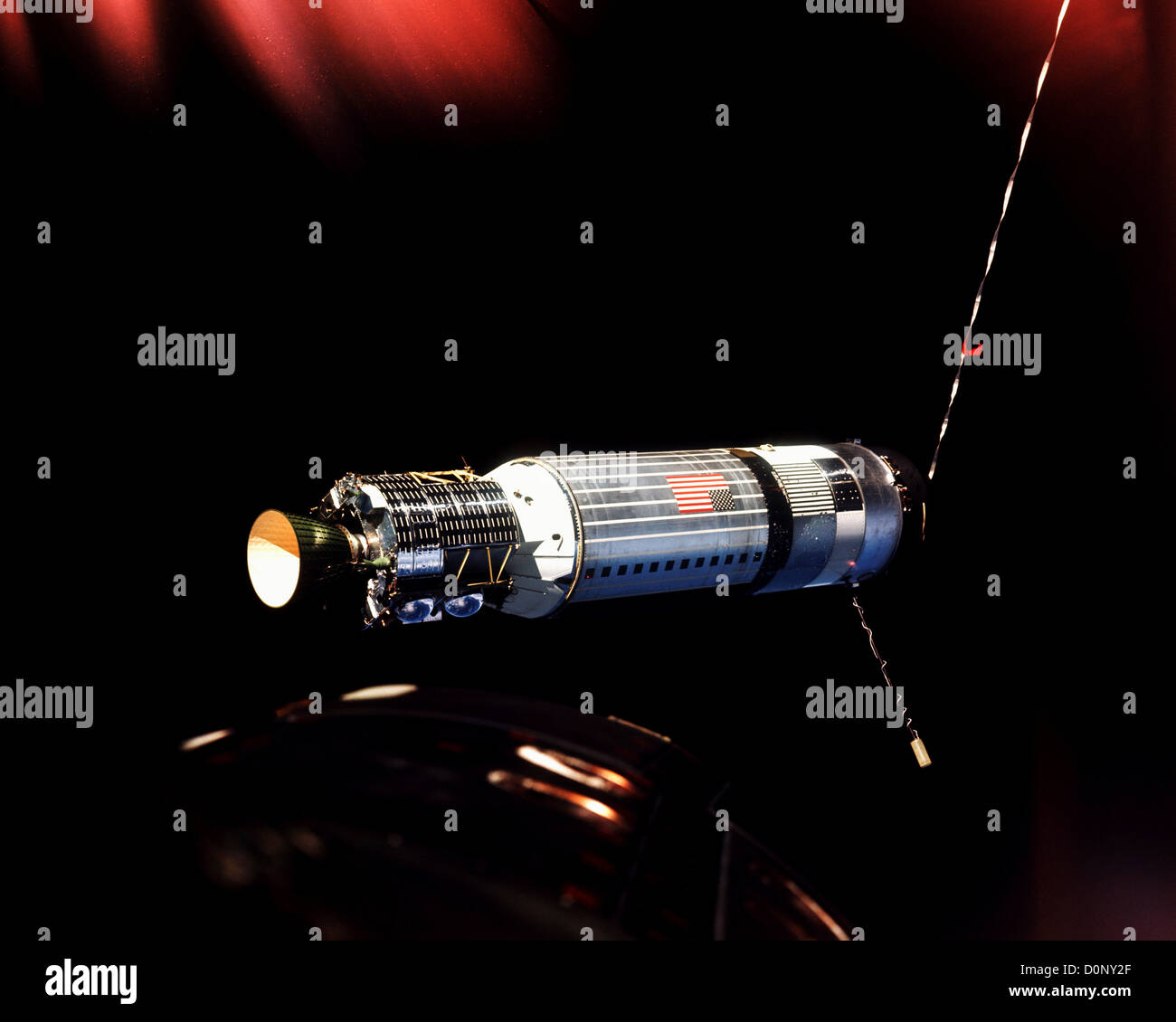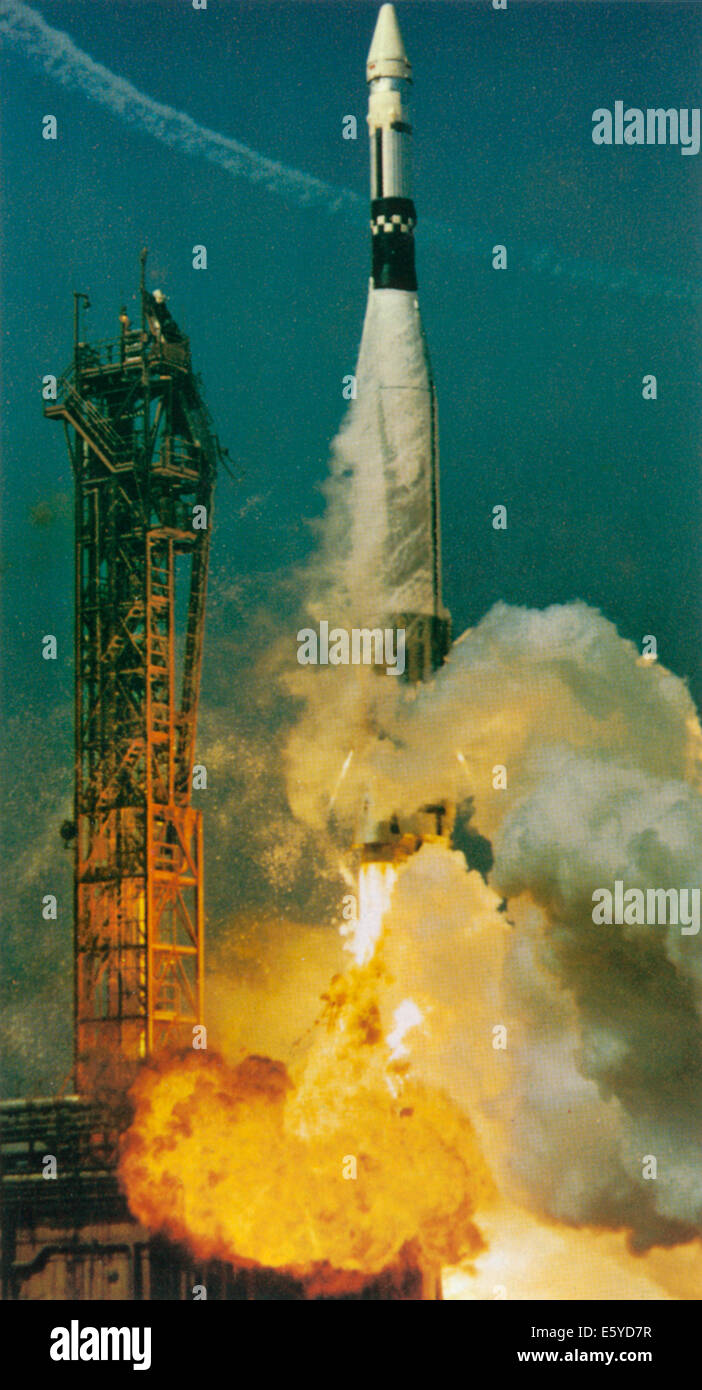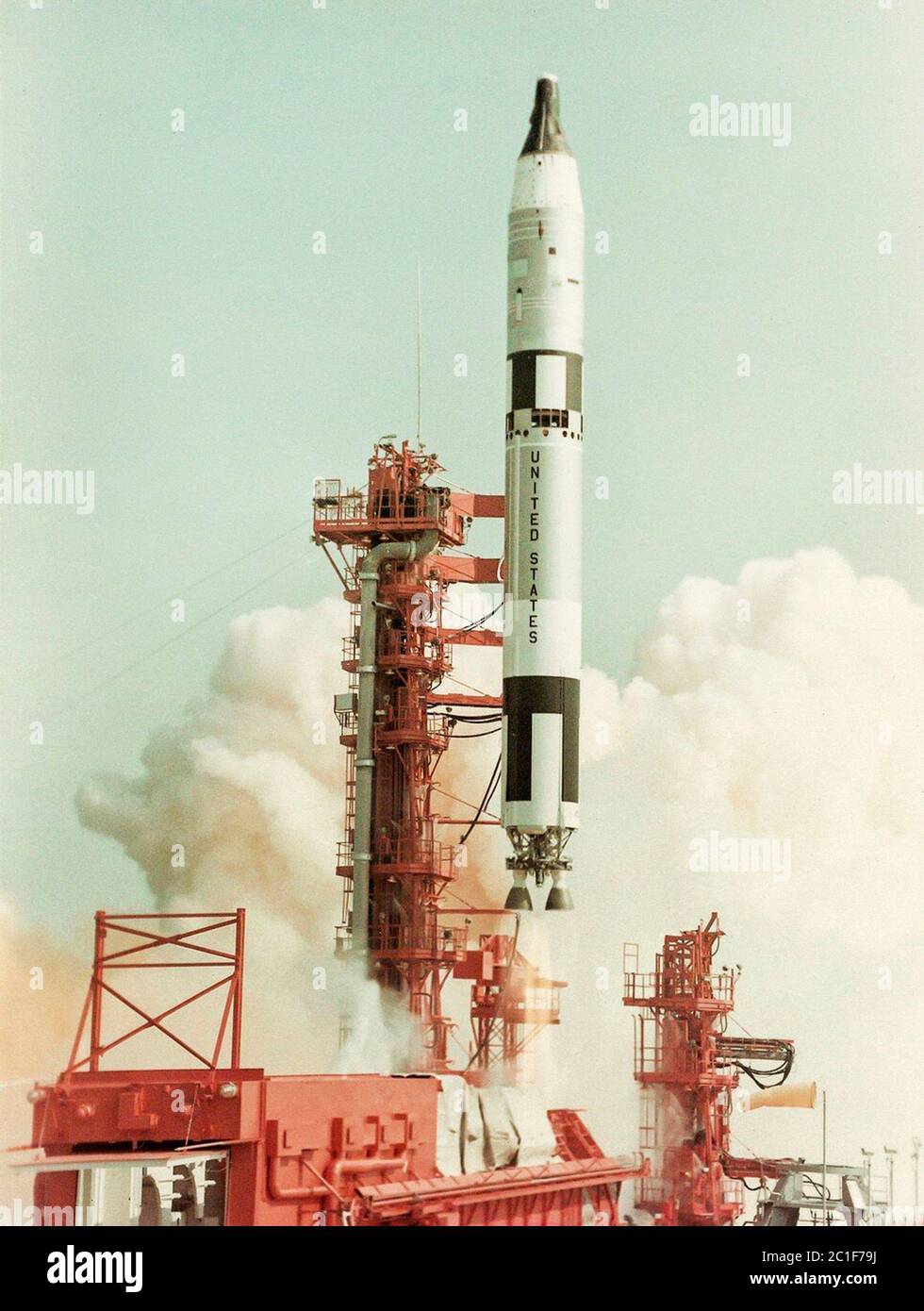


Originally, Centaur was conceived of as a purely experimental project to develop an experience for larger, more powerful rocket stages so as not to distract Convair's focus on the all-important SM-65 Atlas missile program.Ĭonvair developed a specially-enhanced version of the Atlas D vehicle for mating with Centaur stages the Atlas was equipped with an uprated booster section, the MA-5, which had twin turbopumps on each booster engine, and the structure reinforced for the large upper stage, along with elongated fuel tanks. The progress made during the aborted venture was picked up by Convair and others for rocket stage use. Air Force's top-secret Lockheed CL-400 Suntan reconnaissance aircraft program in the mid-1950s. The first attempt at using an LH2/LOX-fueled engine was the U.S. Despite boasting high performance, LH2 had to be chilled to extremely low temperatures (lower than LOX) and its low density meant that large fuel tanks were needed. Technical A Centaur stage during assembly at General Dynamics in 1962 Diagram of a Centaur stageĬentaur was the first rocket stage to utilize liquid hydrogen (LH2) and liquid oxygen (LOX) as propellants. The vehicle would be continuously developed and improved into the 1990s, with the last direct descendant being the highly successful Atlas II.Ĭonvair, the manufacturer of the Atlas, developed the Centaur upper stage specifically for that booster, sharing its pressure-stabilized tank structure. After a strenuous flight test program, Atlas-Centaur went on to launch several crucial spaceflight missions for the United States, including Surveyor 1, Mariner 4, and Pioneer 10/11. Launches were conducted from Launch Complex 36 at the Cape Canaveral Air Force Station (CCAFS) in Florida. The vehicle featured a Centaur upper stage, the first such stage to use high-performance liquid hydrogen as fuel. To illustrate how average images of this sequence look, I also have added another set that shows roughly the same detail, such as thicker upper-end and some albedo variations.The Atlas-Centaur was a United States expendable launch vehicle derived from the SM-65 Atlas D missile. The image above is the best from the video-sequence. Even differences in thickness of the Agena can be recognized clearly from that distance. To my surprise, the best frames clearly showed the shape and even more.

But the Agena is a pretty long shaped rocket stage, so I hoped to see at least the elongated appearance. It is not an easy object to photograph: brightness was at the limit for high-resolution imaging with my setup and an upper stage at 818 kilometers distance is pretty small. It wasn’t until October 2014 that I processed these three year old images of 50 year old rockets. Over the years I have developed better techniques and I knew in 2011 that my processing technique was developing and making progress. I captured the Agena in September 2011 with a 10 inch reflecting telescope on video. Thanks to the considerable altitude, it is still in orbit after 50 years. Exactly at that altitude we find the old spent Agena upper stage from this launch. The two satellites were released at an alititude of around 800 kilometers. Their purpose was probably to test military spaceflight technology. On January 19, 1964, a Thor Agena D SLV-2 rocket lifted up from the Vandenberg SLC2W complex with the two military satellites OPS 3367A and OPS 3367B.

The Agena rocket in the picture is pretty much the same type as used for the Gemini flights but without the docking adapter and in its original configuration. In 1966, Neil Armstrong and David Scott performed the first ever docking of two spacecraft in orbit with Gemini-8 and the Agena. The Agena-D rocket upper stage is best known from the Gemini-era as the Agena Target Vehicle (ATV). I was intrigued by the fact that the technique used to photograph this object wasn’t actually available at the time of launch. That is what the following pictures are about. Imagine seeing the remains of a rocket launch from 50 years ago, as a fossil of spaceflight history in orbit. The Thor Agena B with Discoverer 37 on the launch pad Jan.


 0 kommentar(er)
0 kommentar(er)
